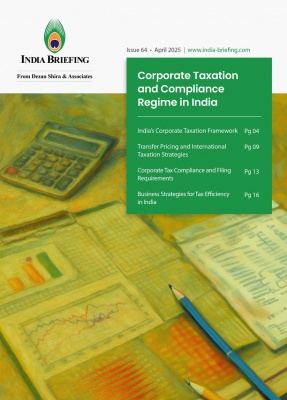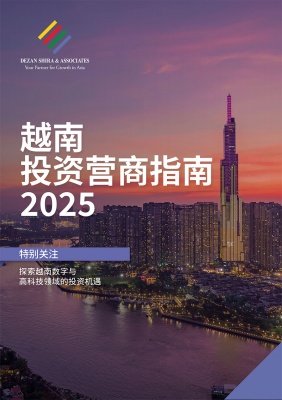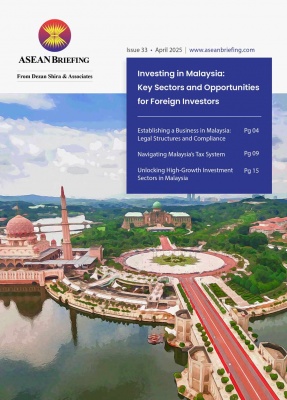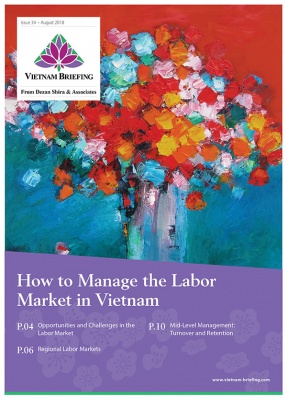
Our collection of resources based on what we have learned on the ground
Vietnam's Agriculture Sector - Investment Guide
Industry-profile
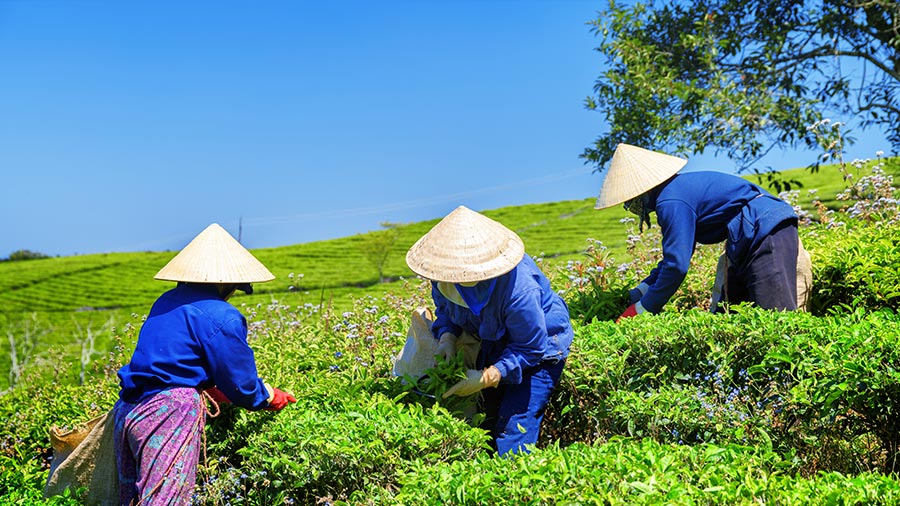
Vietnam has progressed to become the world’s fifth largest exporter of agro-food commodities including aquatic products, rice, coffee, tea, cashews, black pepper, rubber, and cassava according to a World Bank report released in 2016. However, while increasing its stature as a global exporter, the quality of growth in the sector overall remains low. In order to improve it and, in turn, enhance the country’s economic competitive capacity, the Ministry of Agriculture plans to introduce incentives such as tax exemptions or land use fee cuts to attract private investments, especially from overseas investors. At the forefront of this drive are hi-tech agriculture and clean agriculture which will be the two focus fields targeted to start the modernization and diversification of Vietnam’s agriculture sector.
Overcoming current challenges
Given small-scale production, inadequate infrastructure, low productivity, and an ambiguous legal framework, the amount of FDI pouring into the agriculture sector had been relatively low until 2015, when Vietnam started to actively seek foreign investments in an effort to restructure the sector. In 2016, the total FDI registered capital in the agriculture, forestry, and fishing sector stood at US$ 133.5 million in 16 projects.
Director of the Institute of Policy and Strategy for Agriculture and Rural Development Nguyen Do Anh Tuan commented: “ agricultural exports have unprecedented opportunities as a string of free trade agreements between Vietnam and other countries have been or will soon be signed. Investment in this sector is expected to continue rising in the near future.”
International trading opportunities
Having reached a comprehensive free trade agreement with the European Union, Vietnam is expected to take advantage of tariff reductions and other benefits for its many products and services. The demand for Vietnamese agricultural products like cashews, coffee and fisheries have already been high in the EU market, which is also Vietnam’s second largest export market after the United States. As the EVFTA will come into effect in 2018, it also brings about optimism that improving government security regarding dispute settlements in areas such as intellectual property rights, and legal security and transparency will entail a new wave of investments from Europe to Vietnam. The Southeast Asian country is looking forward to dominating the EU market with its agricultural products.
In addition, the Trans-Pacific Partnership (TPP), which has been revived as the Comprehensive and Progressive Trans-Pacific Partnership (CPTPP) without the US, will give Vietnam access to newer markets such as Canada, Mexico, and Peru with whom it does not have a trade agreement. The member states of CPTPP are pushing for a mid to late 2018 deadline to bring the trade agreement into effect.
Choosing a location for investment
In addition, intrigued to situate hi-tech agriculture at the core of the economy, Vietnam has expected to house 200 hi-tech agricultural businesses and 10 hi-tech agricultural zones by 2020. The general plan of agricultural zones is to industrialize the agricultural sector by regionalizing agricultural products. For example, tea production in Thai Nguyen, Lam Dong and also in the Central Highlands while vegetables and flower plantations will be in Lao Cai, Lam Dong, Hanoi and Ho Chi Minh City. Shrimp farmings will be concentrated in the Red River Delta, the Mekong Delta, and north central, south central coast, and south-central regions.
That being said, experts suggest other provinces and municipalities in Vietnam follow Quang Ninh Province model, which has fostered public-private partnerships to establish high-tech agricultural zones in Dong Trieu District.
Agriculture restructuring plan 2017-2020
In November 2017, the Prime Minister ratified a plan to restructure the agriculture sector for 2017-2020. The plan aims for a GDP growth of three percent by 2020 for the agriculture sector. During this period, the average labor productivity is predicted to expand by 3.5 percent annually, while the share of labor in agriculture is estimated to fall below 40 percent.
The rural income during this three-year period is expected to increase by at least 1.8 times compared to 2015 and 50 percent of communes will be transformed into new rural areas. The plan also focuses on increasing the number of cooperatives and unions of agricultural cooperatives and improve access to hygienic water for the rural population.
To adhere to international standards, the restructuring programme aims to develop the household livestock and animal husbandry sector by reorganizing the slaughter system to ensure food safety, tightening the monitoring of the use of veterinary drugs and additives in the field, and increasing efficiency in disease control. The government will also help in the development of value production chains and branding strategy. The livestock industry is targeting an annual growth rate of 4.5 to 5 percent.
In the seafood sector, the government will prioritize offshore fishing, aquatic breeding, and increase investments to modernize processing and storage facilities to reduce losses. The seafood sector is also targeting an annual growth rate of 4.5 to 5 percent.
To improve quality and production, the plan aims to increase the use of science and technology in producing high-quality varieties, developing organic farming, reducing the use of pesticides, and growing crops which are more adaptive to climate change.
In the first 11 months of 2017, agricultural exports increased by 16 percent. Fruit and vegetable exports reached a record high of US$ 3.16 billion, an increase of 43.2 percent. Other products with strong export growth include cashew, rubber, and rice growing at 23.2 percent, 38.9 percent, and 24.2 percent respectively.
Note: This article was originally published in March 2017 and includes recent updates regarding the agriculture sector.
Contact Us
This article was originally published on
Vietnam Briefing
< BACK TO LIBRARY
Subscribe to receive latest insights directly to your inbox
Subscribe NowOur Clients
Discover our esteemed global clients across diverse sectors. We believe in providing our clients with exceptional service and a commitment to being their partner for growth in Asia.
See what our clients say about us